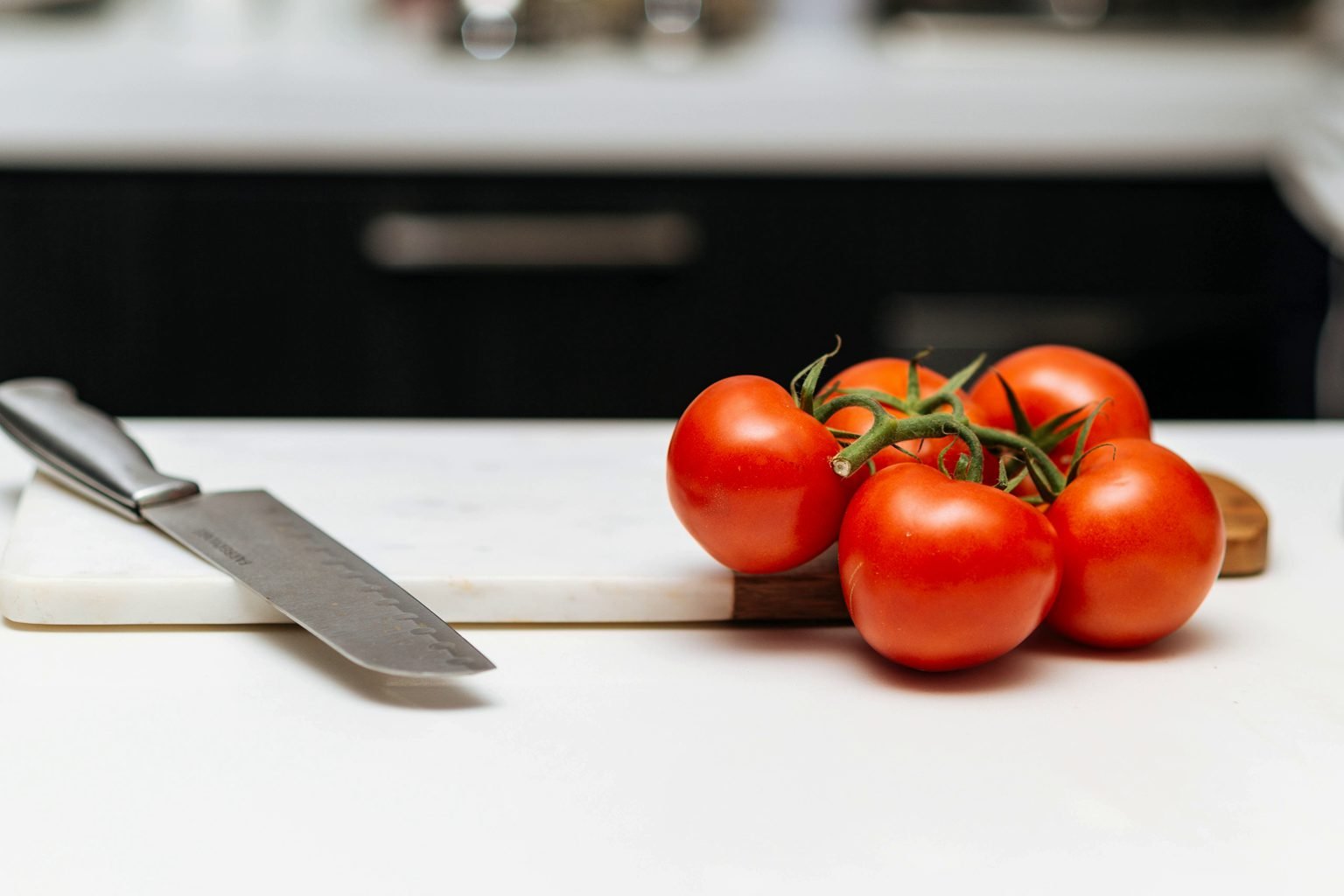You’ve probably heard it before: a sharp knife is safer than a dull one. Yet, many of us stand in the kitchen struggling to slice a simple tomato with a blade that’s as effective as a wet spoon. What’s the go-to solution? A quick search brings up expensive sharpening stones, Japanese waterstones, and electric machines that can cost more than your backyard grill.
But here’s the surprising truth: you don’t need any of that.
What you really need is a ceramic honing rod. Not stainless steel, not diamond-coated – just trusty old ceramic. And the best part? It usually costs less than $15.
Why ceramic rods sharpen better than metal
Why you shouldn’t open your bedroom window at night—experts explain
Traditional metal honing rods mostly just straighten the blade’s edge instead of sharpening it. Imagine trying to untangle a knot by smoothing it with your fingers instead of using a comb. The blade looks nice, but it’s not truly sharp.
Ceramic rods work differently. They actually grind away tiny microscopic imperfections, building back a sharper edge bit by bit. Plus, they don’t eat away large amounts of your knife’s metal like some electric sharpeners do. It’s a gentle but effective way to keep your knives razor-sharp without shortening their lifespan.
How to use a ceramic honing rod like a pro
No ninja skills needed here. Follow these simple steps:
Neither running nor swimming: the top activity after 60 to boost cardiovascular health
– Hold the ceramic rod vertically—stable and pointing down, preferably resting the tip on a folded towel on your counter.
– Angle your knife about 15 degrees against the rod. Think halfway between straight up and laying flat.
– Pull your knife down and across the rod in a gentle arc, covering one side of the blade.
– Repeat 5 to 10 strokes on each side, no rushing. Smooth, steady motions work best.
– Test the blade by slicing a sheet of paper—it should cut through effortlessly.
You don’t have to do this all the time. Once a week is plenty if you use your knives regularly. This keeps the edge sharp and avoids the damage that aggressive sharpening can cause over time.
Bonus hack: find ceramic sharpness right in your kitchen
Spreading out your workouts during the week leads to greater strength gains
Don’t have a ceramic honing rod handy? Grab a dinner plate instead. The rough underside rim of your ceramic plate actually acts as a decent sharpening surface. Give your knife a few gentle strokes across that edge, and you’ll likely notice a surprising boost in sharpness.
Of course, this is no replacement for a proper ceramic rod, but in a pinch, it’s a handy trick that many don’t realize.
I remember once being frustrated with a dull knife when I didn’t have any sharpening tools nearby. Using the back of a plate saved me enough to finish preparing dinner. It’s amazing how simple, overlooked things can make a big difference.
Have you ever tried using a ceramic rod or even the back of a plate to sharpen your knives? What’s your go-to kitchen hack for keeping tools sharp and ready? Share your thoughts and tips below—let’s help each other slice through kitchen struggles!

mom always used her cookie jar lid. I don’t think she ever owned a ‘knife sharpener’.
Smith’s crock sticks mount in a wooden block at 22 degrees left and right. You just hold the blade vertically and it holds the correct angle on each side.
I’m confused. 15 degrees isn’t halfway between vertical and flat. That’s 45 degrees.
But I think a ceramic rod makes a lot of sense.
I started using the bottom of a coffee cup to sharpen knives over 50 years ago.